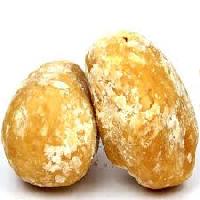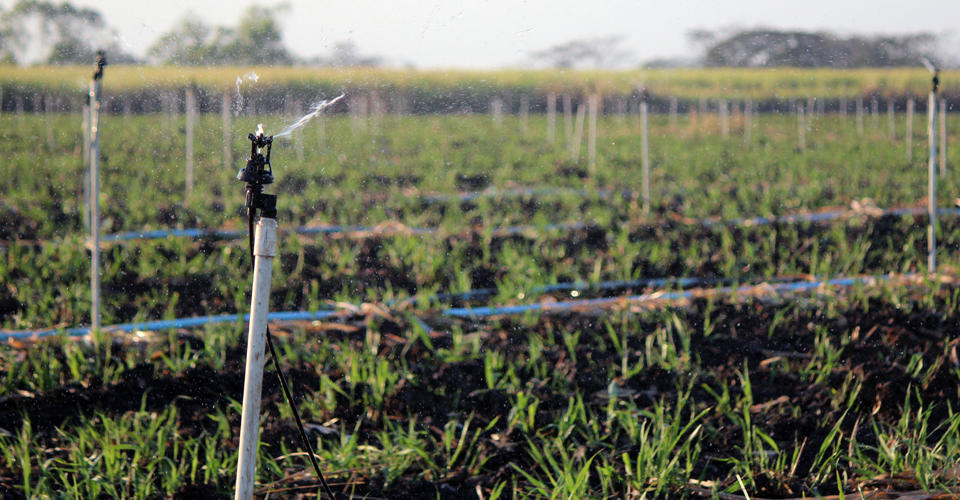The Dietary Value and Health Benefits of Sugarcane Product
The Dietary Value and Health Benefits of Sugarcane Product
Blog Article
The Trip of Sugarcane: From Harvest to Everyday Products
The journey of sugarcane is a diverse procedure that begins with thorough cultivation and culminates in a selection of items that penetrate our daily lives. As we check out the various elements of sugarcane's journey, its function in sustainability and the wider implications for our atmosphere come into sharper emphasis.
Cultivation of Sugarcane
The growing of sugarcane is a crucial agricultural process that requires certain environmental conditions and monitoring practices. Optimal development takes place in subtropical and tropical regions where temperatures vary between 20 ° C and 32 ° C. Adequate rainfall or watering is crucial, as sugarcane thrives in damp dirt with well-drained problems (sugarcane product). Soil top quality dramatically influences yield; thus, farmers usually carry out soil tests to determine nutrient requirements
Growing generally happens in rows, utilizing stem cuttings understood as setts, which are grown flat. This method assists in efficient gathering and optimizes sunshine exposure. Crop rotation and intercropping are suggested techniques to boost soil fertility and decrease bug problems. Farmers utilize integrated pest administration approaches to minimize chemical inputs while making sure healthy and balanced plant growth.
Prompt application of these fertilizers can substantially improve sugar returns. Generally, successful sugarcane farming pivots on a mix of ecological stewardship, tactical preparation, and continuous management techniques.
Harvesting Strategies
Effective sugarcane cultivation finishes in the harvesting stage, which is critical for taking full advantage of return and making sure quality. The timing of the harvest is critical; sugarcane is normally harvested when sucrose degrees peak, normally between 10 to 18 months after planting. This duration varies based upon environment, soil type, and sugarcane selection.
Gathering strategies can be broadly classified right into handbook and mechanical methods. Hands-on harvesting is labor-intensive, relying upon competent employees who utilize machetes to reduce the stalks short. This method permits selective harvesting, where just the ripest canes are chosen, therefore improving overall sugar material.
On the other hand, mechanical harvesting has actually obtained popularity because of its performance and cost-effectiveness. Specialized harvesters furnished with reducing blades and conveyor systems can process large areas swiftly, dramatically lowering labor costs. However, this method might bring about the incorporation of premature canes and a potential decline in sugar top quality.

No matter of the approach used, making certain that collected walking canes are moved swiftly to refining centers is essential. Motivate taking care of decreases wasting and protects the stability of the sugarcane, setting the phase for optimum handling.
Processing Methods
Handling sugarcane entails a number of vital steps that transform the harvested stalks right into useful items, largely sugar and molasses. The preliminary stage is cleaning the walking stick to get rid of dirt and debris, followed by the removal of juice through squashing or milling. This procedure generally employs heavy rollers that damage the walking stick fibers to release the pleasant liquid had within.
When the juice is extracted, it undertakes explanation, where pollutants such as dirt bits and bagasse are removed. This is usually accomplished by adding lime and heating up the juice, allowing sedimentation. The made clear juice is then focused with dissipation, where water material is lowered, leading to a thick syrup.

Inevitably, the processing of sugarcane not only produces sugar and molasses however additionally prepares for different by-products, which will be checked out in succeeding discussions.
Products Derived From Sugarcane
Sugarcane is a flexible crop that produces a anonymous vast range of products past simply sugar and molasses. Among the primary spin-offs are ethanol and biofuels, which have actually gotten prominence as renewable resource resources. Ethanol, generated through the fermentation of sugarcane juice, functions as an alternate to fossil gas and is often mixed with fuel to create cleaner-burning fuels, decreasing greenhouse gas discharges.
Furthermore, sugarcane is a substantial resource of bagasse, the coarse deposit continuing to be after juice removal. Bagasse is utilized in various applications, including Full Article the production of paper, naturally degradable packaging, and as a biomass fuel for energy generation. Its use not just reduces waste but additionally enhances the sustainability of sugarcane handling.
In addition, sugarcane-derived items encompass the food sector, where it acts as a natural flavoring agent and sweetener in various cooking applications. In the world of cosmetics, sugarcane essences are integrated into skin care items because of their natural exfoliating residential or commercial properties.
Environmental Impact and Sustainability
The farming and handling of sugarcane have considerable implications for ecological sustainability. This plant requires substantial water resources, often leading to depletion of neighborhood water materials and affecting bordering environments. Additionally, using fertilizers and pesticides in sugarcane farming can cause soil degradation and river pollution, posturing dangers to biodiversity.

Sustainable sugarcane farming additionally advertises soil health and wellness through crop rotation and minimized husbandry, enhancing carbon sequestration. The fostering of these techniques not only sustains environmental integrity yet also enhances the resilience of farming neighborhoods versus environment change.
Verdict
In recap, the trip of sugarcane incorporates numerous stages from cultivation to handling, eventually leading to a large array of products. The relevance of sugarcane expands past mere sweeteners, adding to renewable resource via ethanol manufacturing, lasting packaging via bagasse, and natural essences for cosmetics. This diverse plant plays a critical role in both dietary enrichment and environmental sustainability, highlighting its significance in contemporary agricultural and industrial methods.
Successful sugarcane growing culminates in the gathering phase, which is critical for making best use of return and ensuring top quality. The timing of the harvest is essential; sugarcane is usually gathered when sucrose levels top, typically between 10 to 18 months after planting.Handling sugarcane entails numerous important steps that transform the gathered stalks into usable items, largely sugar and molasses.Sugarcane is a functional plant that produces a wide array of items beyond simply sugar and molasses. In addition, the use of fertilizers and pesticides in sugarcane farming can result in dirt deterioration and waterway pollution, posturing threats to biodiversity.
Report this page